Port Augusta in South Australia is on its way to a clean energy future, with less health problems for its community – but only if we clean up after coal properly. We’ve got five facts to get you up to speed on the why and how of cleaning up after coal from our latest report, Done and Dusted: Cleaning up Coal Ash in Port Augusta.
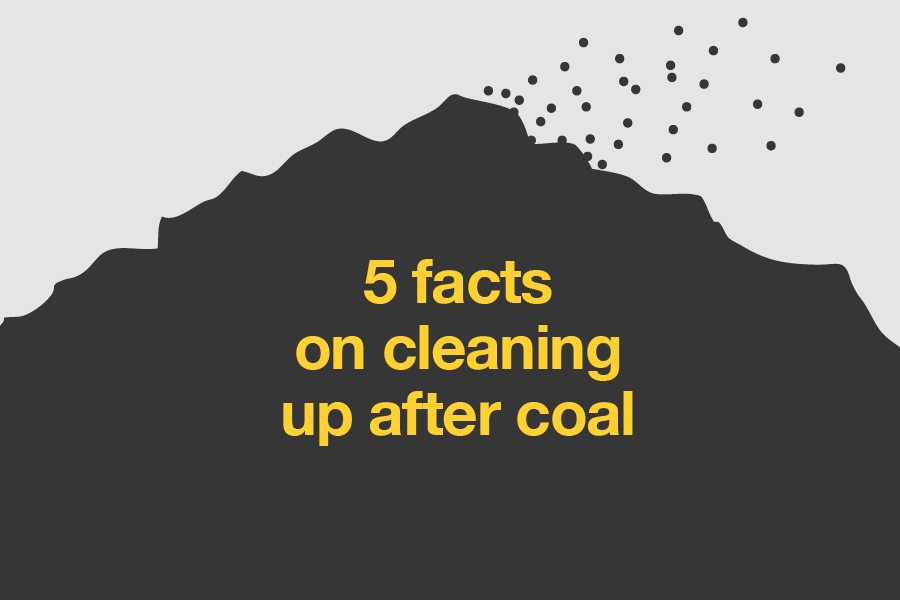
Remember that time MP Scott Morrison brought a lump of coal into Parliament? Yeah. Australia has historically loved coal. Much of our electricity has been generated by coal-fired power stations, but we’re FINALLY starting to transition away from coal. The town of Port Augusta in South Australia is one of the first to see the nearby coal-fired power stations make way for clean solar power, thanks to the hard work of local group Repower Port Augusta.
Port Augusta is on its way to a cleaner energy future, with less health problems for its community – but only if we clean up after coal properly. We’ve got five facts to get you up to speed on the why and how of cleaning up after coal from our latest report, Done and Dusted: Cleaning up Coal Ash in Port Augusta.
#1: Coal-fired power plants are terrible for humans.
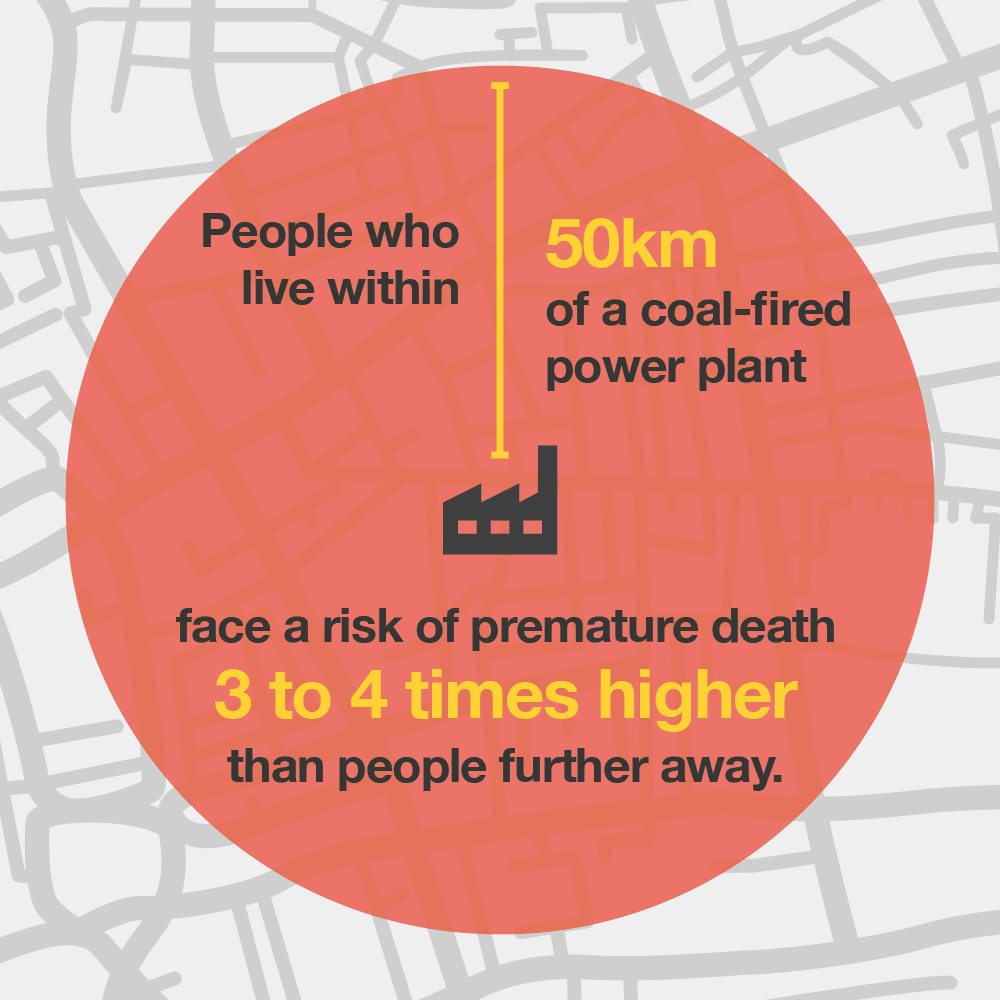
Reference: Lipski, B., Rivers, N. and J. Whelan (2017) Toxic and Terminal: How the Regulation of Coal-Fired Power Stations Fails Australian Communities, Carlton, VIC: Environmental Justice Australia
Coal power is bad for your health, and not only because it’s contributing to climate change. Burning coal gives off fine particles of ash that can irritate your eyes and lungs. These particles are so tiny they can enter your bloodstream and contribute to cancers, heart attack and other diseases. Doctors for the Environment Australia reviewed air quality data in Port Augusta during the time that the power stations were in operation and concluded that “the community was exposed to excessive amounts of pollution.”[1]
#2: The waste they produce is literally a huge problem.
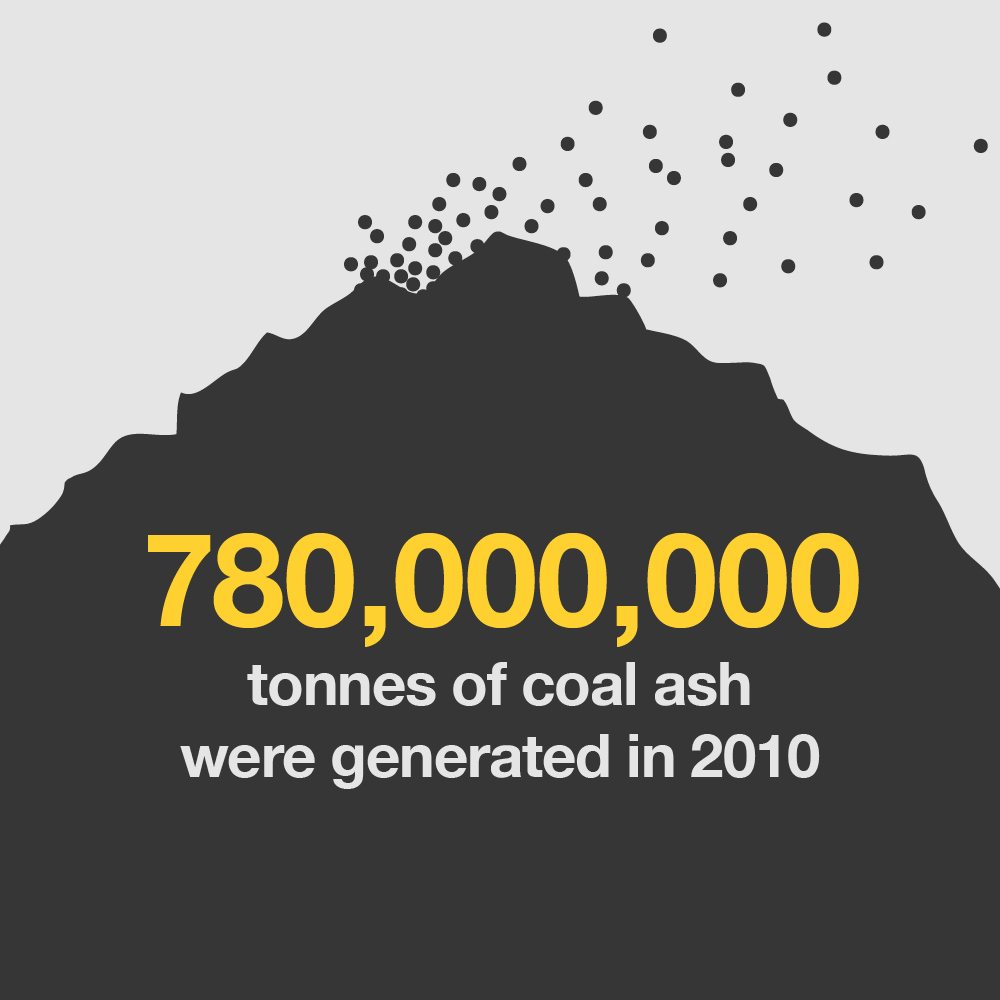
Reference: Zhang, X. (2014) Management of Coal Combustion Wastes, IEA Clean Coal Centre
When coal is burnt, what’s leftover is called ‘coal ash’. A large component of coal ash is called ‘fly ash’ – very fine particles that can become airborne and create dust problems. Power stations often use water to make a kind of ash slurry to keep it from flying away. The slurry is kept in holding ponds called ‘ash dams’. When coal power plants close down, these ash dams need to be properly rehabilitated so that they are safe for nearby communities.
#3: Coal ash needs to be managed properly, for everyone’s health.
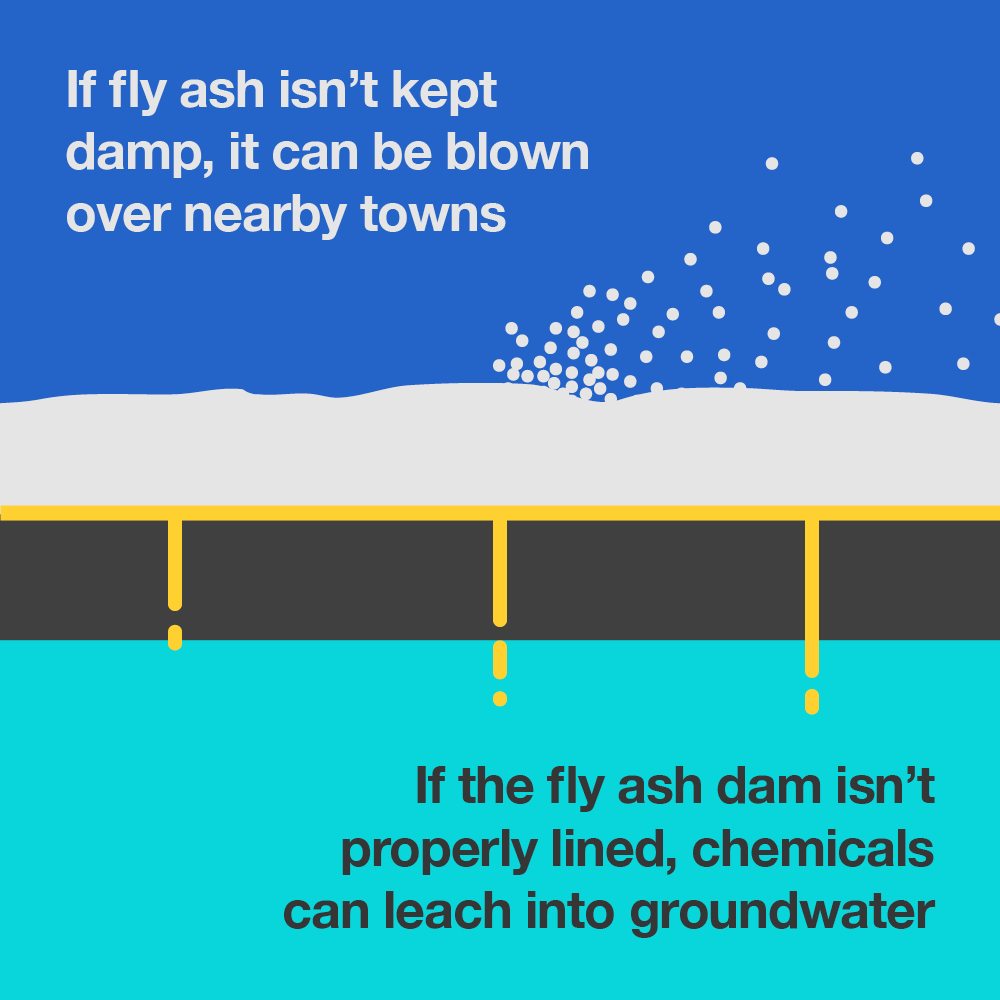
For more info, see Greenpeace’s 2018 report Done and Dusted? Cleaning Up Coal Ash in Port Augusta
Using water to keep coal ash from becoming airborne and threatening nearby towns is not a permanent solution. As the residents of Port Augusta have discovered, other methods, like coating the coal ash with chemicals, can also fail, causing horrible dust events that leave everyone spluttering. To permanently fix the problem, the coal ash either needs to be removed from the site or “capped” with layers of rock, soil and ultimately plants. If ash dams are left in place and covered, they also need to be lined properly to ensure that chemicals from the ash can’t leach into surface and groundwater, as this can result in damage to the environment and the contamination of drinking water supplies.
#4: There are a lot of Australian coal power stations set to close down.
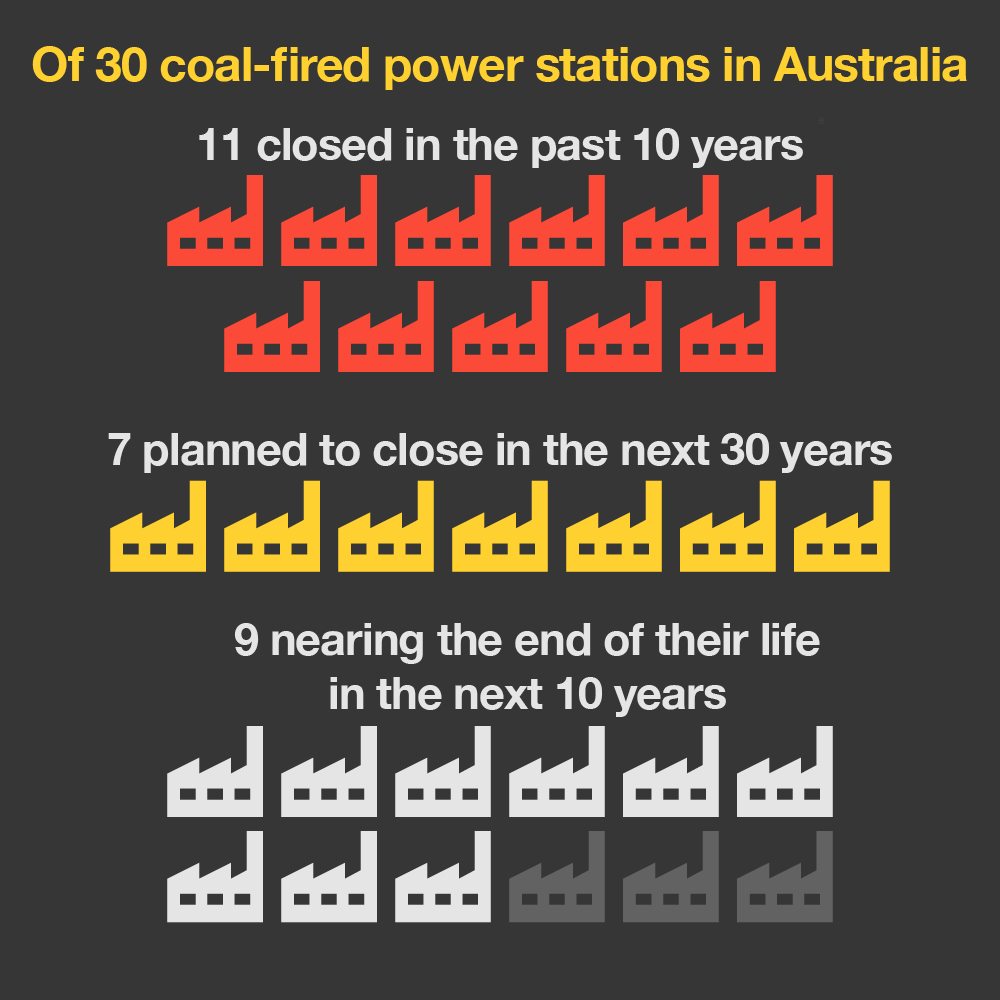
Reference: Nelson, T., Reid, C. and J. McNeill (2014) Energy-Only Markets and Renewable Energy Targets: Complementary Policy or Policy Collision? AGL Applied Economic and Policy Research Working Paper No.43
Port Augusta is one of the first towns to transition away from dirty coal power, but they definitely won’t be the last. Coal-fired power plants generally have a lifespan of 25-30 years,[2] and Australia’s coal-fired power plants are starting to come to the end of their lives. This is exciting for clean energy, but it means there’ll be a lot of coal ash to clean up and lots of sites to rehabilitate. We know that the rest of the country will be looking at Port Augusta as a test case for how a transition to clean energy should work. That’s why we want the power plant to be cleaned up properly, for the health of their community and to set a precedent.
#5: We’ve almost got a full commitment from the government to clean up after coal in Port Augusta.
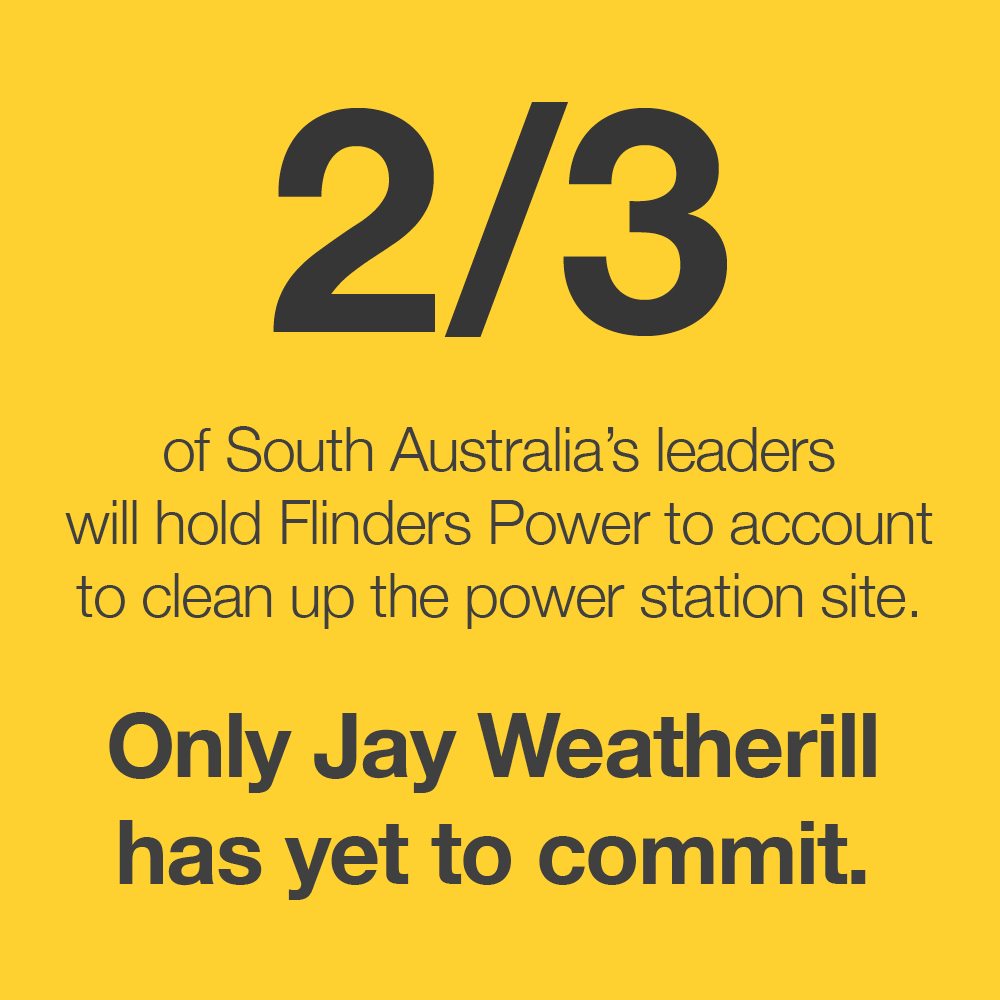
There’s a group of Port Augusta locals who care passionately about their community’s health. They call themselves the Port Augusta Dust Busters, and they are sick of their town being plagued by dust from the closed down power stations. Ahead of the South Australian election, the team at Greenpeace has been working with the Dust Busters to make sure all of SA’s political parties commit to getting the site cleaned up. So far both the Liberal party and SA Best have announced they’ll hold Flinders Power to account to remediate the site.
Labor Premier Jay Weatherill is the only South Australian party leader who hasn’t made a commitment to clean up after coal in Port Augusta. Weatherill is championing clean energy right across the state, but he hasn’t shown any sign that he’ll hold Flinders Power to account and get the power station site in Port Augusta cleaned up.
If you’ve got a minute, help us ask Weatherill to stand up for clean air. Give his office a call – we’ve made it easy with our handy guide, and it only takes a few minutes.
Call Weatherill’s office now
If you’re a little phone-shy, send Weatherill a message on social media instead.
References:
[2] Nelson, T., Reid, C. and J. McNeill (2014) Energy-Only Markets and Renewable Energy Targets: Complementary Policy or Policy Collision? AGL Applied Economic and Policy Research Working Paper No.43

